Submitted by Aspergillus Administrator on 17 April 2009

Traditionally Aspergillus species were identified by looking at how they grew in the laboratory, by careful examination of the structure of their fruiting bodies – the conidium and by comparing those features with special reference strains. It is possible to read how these features are recorded in the species section of the Aspergillus Website.
As time has gone by and more an more potential new species are identified these techniques have proved to be inadequate. Some species were shown to be so closely related they were listed as varieties within a group rather than as distinct species – it wasn’t possible to tell enough difference between them.
At the same time a slew of new information has become available which helps show us the differences between species in different ways. Principal among these new technologies is DNA sequencing and the new science of genomics. Similarities and differences between the DNA sequences of species can now be routinely examined and that information is used to say whether or not 2 candidate species are distinct, related or virtually the same.
This still isn’t the full story and genomics data cannot be taken in isolation from all the other data, some new and some old. The way forward has been strongly suggested to be a polyphasic approach (first suggested many years ago) involving taking into consideration features from all available evidence: morphology; physiology; DNA; protein; ecology; metabolites, and reaching a concensus.
The result is complicated but often very robust: the full concept can be read in this recent paper.
News archives
-
Title
Date



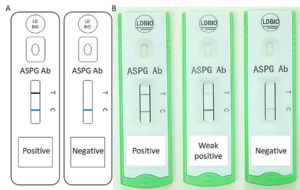

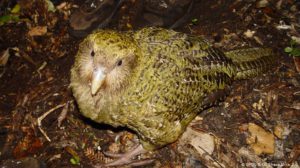

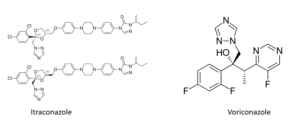
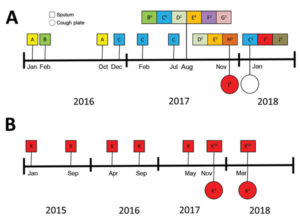
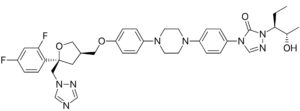
![Gulu referral hospital[2] Gulu referral hospital[2]](https://www.aspergillus.org.uk/wp-content/uploads/2019/03/Gulu-referral-hospital2_0-232x300.png)